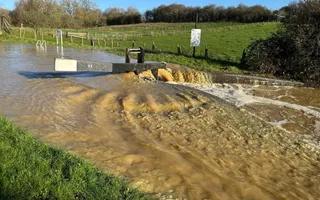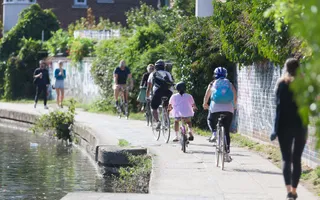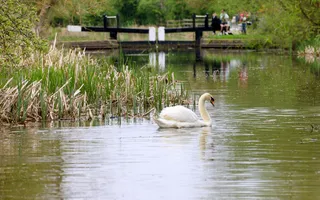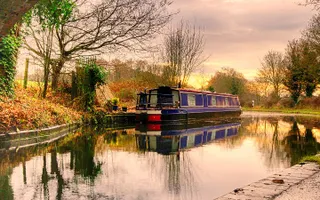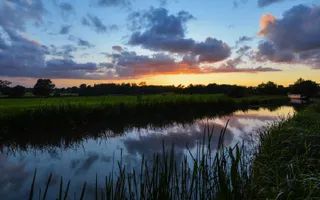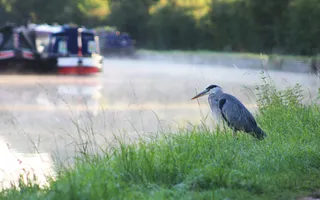Whether we're campaigning for everyone to share the towpaths better or calling on more people to help us care for our waterways, our campaigns aim to enrich the lives of everyone who uses our canals and rivers and reach those who haven't discovered them yet.
Our campaigns
Our canals can change lives. We want everyone to have a space where they can relax, a space they can escape to, connect with our history and get closer to nature.
Past campaigns
Other ways to support us
Last Edited: 16 January 2026


Stay connected
Sign up to our newsletter and discover how we protect canals and help nature thrive




